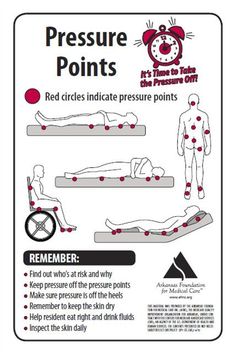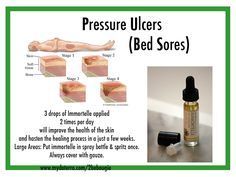
If you’re wondering how to cure a pressure sore, the first step is to visit your doctor. Your doctor will carefully examine the sore, including the size, depth, and presence of fluid. If you have a bad odor, the physician will also try to determine whether the sore has been infected. Your doctor may perform a blood test or perform other tests to diagnose the condition. In some cases, a tissue sample can be taken from the sore, which is then sent to a laboratory for analysis.
If you’re experiencing pain from the sore, the first thing you should do is change positions. If you’re in a wheelchair or bed, you should rotate positions every 15 minutes. It’s also important to change your dressings often. Wash the area with mild soap and water. You should also apply a moisturizer to prevent it from drying out. If the sore is at stage I or II, you can clean it with a saline solution. Your health care provider can give you a recommended cleanser.
It’s also important to get rid of any dead tissue that might be in the area. This can cause infection. Dead tissue can also slow the growth of healthy tissue. To prevent this, you should replace the affected area with a bandage or skin graft. A medical professional can help you make these adjustments. But if you’ve already experienced an outbreak, you should visit a doctor to learn how to cure a pressure sore.
Symptoms of bedsores vary depending on the severity of the condition. In the early stages, the ulcer is red and warm. It will also cause red streaks. You may see pus or a foul odor coming from the sore. If the ulcer is stage three or four, your doctor will likely prescribe antibiotics and advise you to take extra care of the wound.

If you are having trouble treating a bedsore, it is important to stop applying pressure immediately. The best way to do this is to get up and walk around, preferably every two hours to 15 minutes as often as possible. If you can’t do this, you may need to seek help. If you have been lying flat for a long time, you may notice pink tissue on the sides of the sore.
If you are unable to relieve your blood pressure for more than a few days, you should consult a doctor. Your doctor may prescribe an antibiotic Azithromycin to help fight the infection. It is also important to get plenty of rest and avoid prolonged sitting or lying down if you are in a bed or chair for a long time. Eating a healthy diet, proper hygiene and a little exercise are other ways to prevent bedsores from becoming infected.
The first step in treating bedsores is to prevent their formation. Keep this area clean and dry. Do not use antiseptic solutions. They can damage new and normal tissue. Tap water is safe for this type of wound. Your doctor may prescribe a bandage to cover the wound. Different types of bandages are better for different people. If the bandage is not removed frequently, the ulcer will continue to grow.
Bedsores can be treated at home using simple methods. First, you should avoid getting too hot or too cold in the area. You should also avoid putting pressure on the area with the bandage. If you experience this problem, you may find it difficult to apply the bandages and will need to see a doctor. Your doctor will also recommend a special dressing for the wound. This will protect it from deterioration by improving blood circulation.
The next step in treating bedsores is to make sure you are using the right treatment. Be sure to change positions frequently if you are in a wheelchair or bedridden. While you are changing the bandage, be sure to clean the area of the ulcer. It is important to remember that bedsores are not caused by dirt or bacteria, but by friction from the affected area.